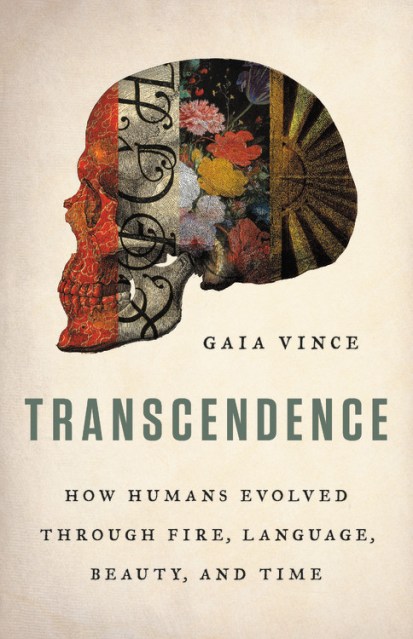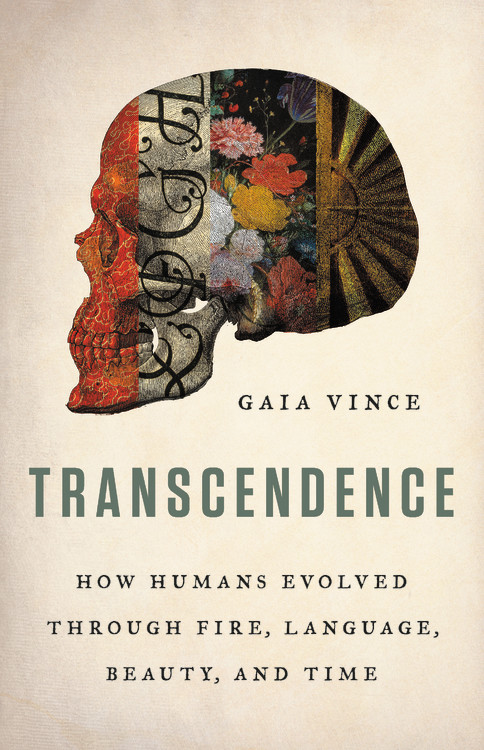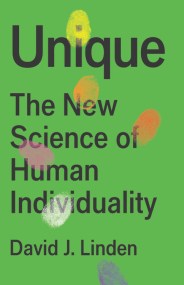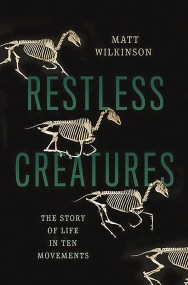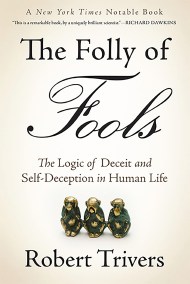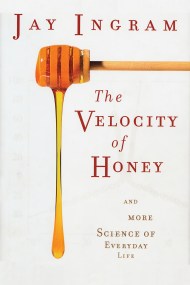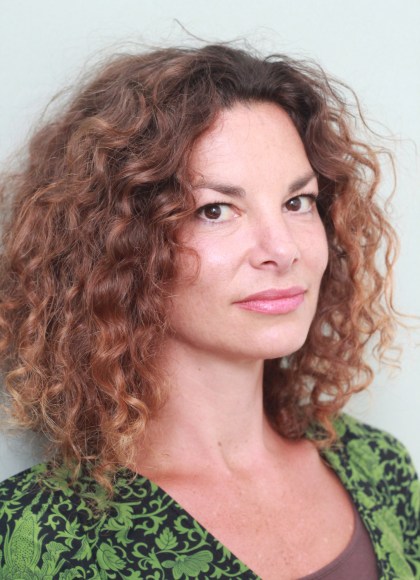Promotion
Use code MOM24 for 20% off site wide + free shipping over $45
Transcendence
How Humans Evolved through Fire, Language, Beauty, and Time
Contributors
By Gaia Vince
Formats and Prices
Price
$30.00Price
$38.00 CADFormat
Format:
- Hardcover $30.00 $38.00 CAD
- ebook $17.99 $22.99 CAD
This item is a preorder. Your payment method will be charged immediately, and the product is expected to ship on or around January 21, 2020. This date is subject to change due to shipping delays beyond our control.
Also available from:
In the tradition of Guns, Germs, and Steel and Sapiens, a winner of the Royal Society Prize for Science Books shows how four tools enabled has us humans to control the destiny of our species
“A wondrous, visionary work.” –Tim Flannery, scientist and author of the bestselling The Weather Makers
What enabled us to go from simple stone tools to smartphones? How did bands of hunter-gatherers evolve into multinational empires? Readers of Sapiens will say a cognitive revolution — a dramatic evolutionary change that altered our brains, turning primitive humans into modern ones — caused a cultural explosion. In Transcendence, Gaia Vince argues instead that modern humans are the product of a nuanced coevolution of our genes, environment, and culture that goes back into deep time. She explains how, through four key elements — fire, language, beauty, and time — our species diverged from the evolutionary path of all other animals, unleashing a compounding process that launched us into the Space Age and beyond. Provocative and poetic, Transcendence shows how a primate took dominion over nature and turned itself into something marvelous.
Genre:
-
A best book of the year (Times of London)
-
"History doesn't get much bigger than this epic sweep through human progress....Vince takes dizzying leaps, making connections between archaeology, anthropology, genetics, and psychology."Tom Whipple, Times of London
-
"Any story that begins with the words '14 billion years ago' is bound to be epic, and Transcendence is no exception... An impressive breadth of research from paleoarchaeology to genetics to anthropology."M.R. O'Connor, Undark
-
"A hugely enjoyable sprint through human evolutionary history... and a good story."Tim Radford, Nature
-
"Captivating... A provocative, highly readable take on our astonishing emergence from the primordial soup."Kirkus Reviews (starred review)
-
"A wondrous, visionary work."Tim Flannery, scientist and authorof The Weather Makers
-
"Transcendence is a beautifully imaginative overview of the biological and cultural evolution of humans. Richly informed by the latest research, Vince's colorful survey fizzes like a zip-wire as it tours our species' story from the Big Bang to the coming age of hyper-cooperation."Richard Wrangham, professor of biological anthropology at HarvardUniversity and author of The Goodness Paradox
-
"An imaginative and inspiring adventure into the origins and evolution of what we hold most dear: our human culture."Uta Frith, emeritus professor of cognitive development UCL
-
"This book goes from the Big Bang to the Hundred Thousand Genome Project to make a convincing case that Homo sapiens has become a super-organism. I learned a lot from it and so will you."Steve Jones, Emeritus Professor of HumanGenetics UCL and author of Here Comes the Sun
-
"Science writer Vince looks at human evolution in terms of four elements -- dubbed Fire, Word, Beauty, and Time -- in this stimulating account... Even those broadly familiar with humanity's story will find new information and insights in Vince's fascinating study."Publishers Weekly
-
"An engaging, well-researched book for anyone curious about the development of humanity as approached through a social lens."Library Journal
- On Sale
- Jan 21, 2020
- Page Count
- 352 pages
- Publisher
- Basic Books
- ISBN-13
- 9780465094905
Newsletter Signup
By clicking ‘Sign Up,’ I acknowledge that I have read and agree to Hachette Book Group’s Privacy Policy and Terms of Use
